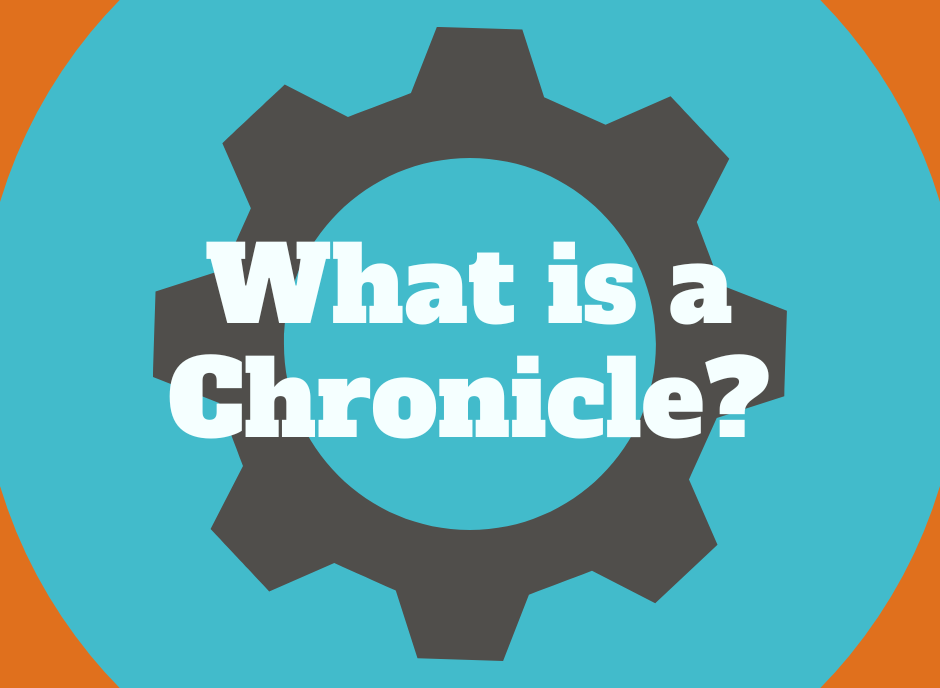What a Chronicle is and why write them
Today in genealogy the standard writing style taught is academic with extensive footnotes.
This style is perfect if:
You have an unusual, complicated, and hard to prove family relationship, or
You are writing to publish in a genealogy journal, or
You have PhD and it comes natural to you.
For the rest of us, the 98% not in the above bullets, academic writing style just does not work.
One of our goals as genealogists is to share our work with our families, who are not (usually) PhD’s. Our families want to know where they came from and what their ancestors’ lives were like.
We can accomplish this through the telling of the significant moments in time of our ancestors’ lives. Every person we research has an event (or two or three) that captures our attention. We instinctively share the story of that event and wonder what it was like for him or her.
Writing and sharing these kinds of moments-in-time are chronicles.
Chronicles are the highlight reel of an ancestor’s life. They include an image, or maybe several, to help the reader imagine the event. Chronicles are also short, somewhere between 50 to 150 words.
A chronicle well-crafted grabs your attention. It draws you in to the past. It makes you feel connected and inspired to learn more.
Chronicles can be shared on social media, published in blogs, or posted to genealogy websites. They can also be the framework for a more extensive biography of an ancestor.
Every ancestor deserves at least one chronicle written about his or her life. That significant moment-in-time that makes him or her memorable and identifiable amongst hundreds or thousands of names.
Writing chronicles is simple and easy. Here is the process broken down into 5 steps:
Introduction: What a Chronicle is and why write them
Step 1: Take notes for your 1st draft
Step 2: Places to find digital images
Step 3: Enhancing and annotating images
Step 4: Crafting a chronicle
Step 5: Publishing your chronicles





